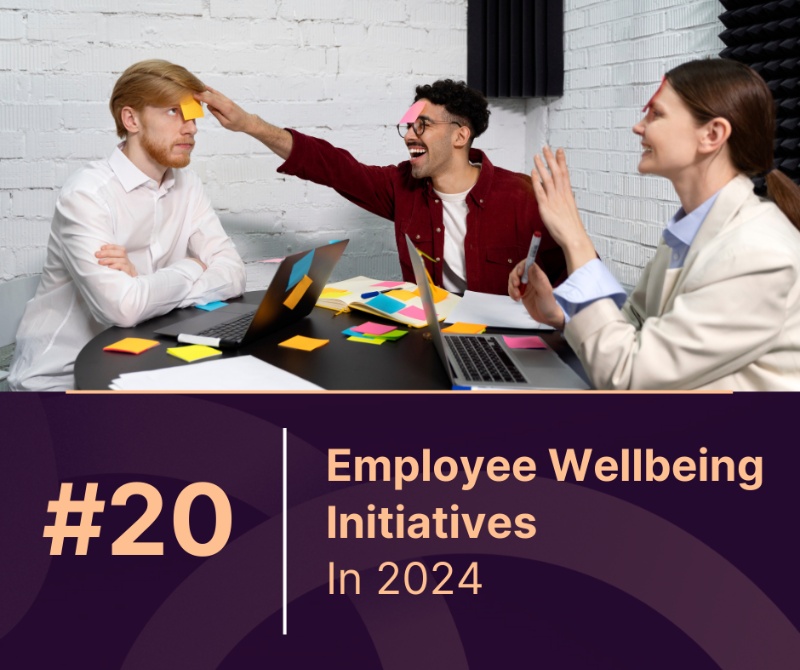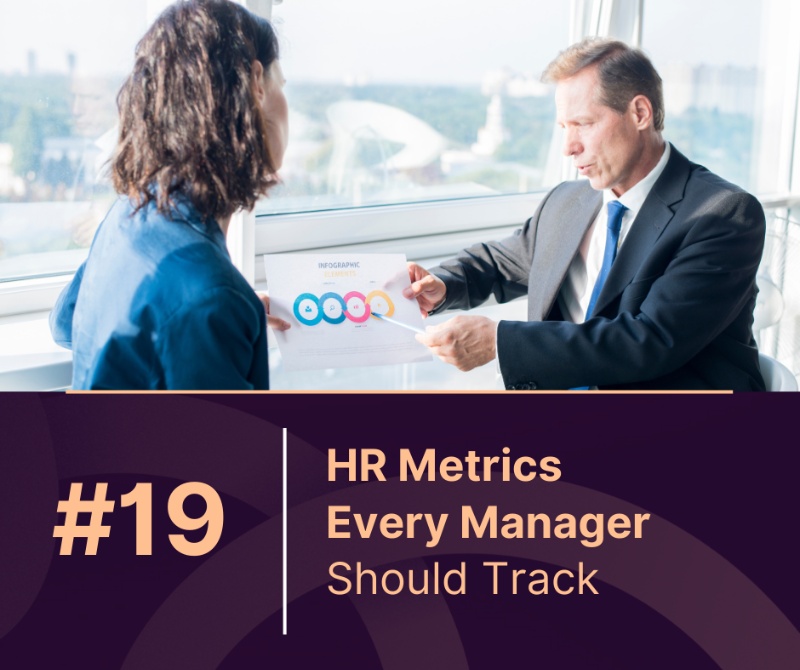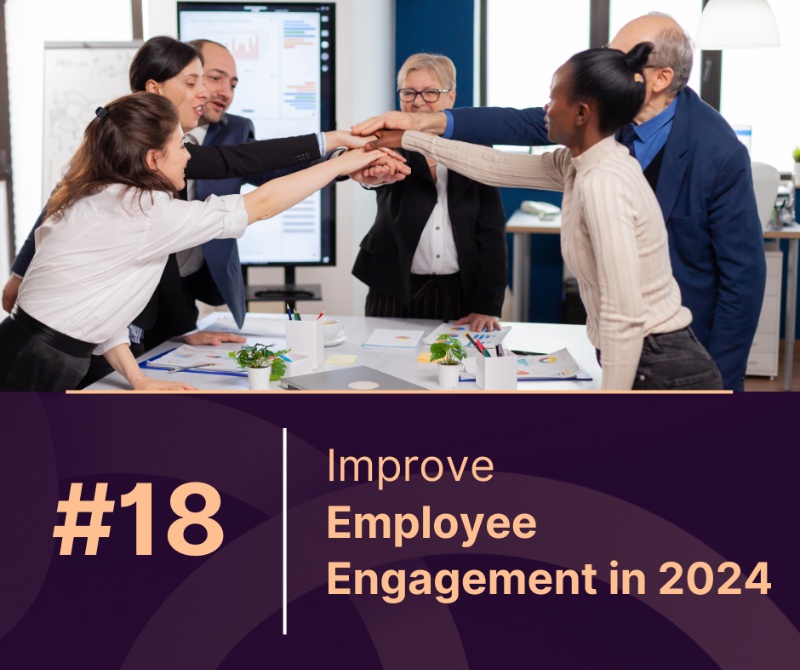In today’s rapidly evolving business landscape, Human Resource Management Systems (HRMS) have emerged as a game-changer for organizations seeking to streamline HR processes, enhance employee engagement, and drive organizational success. By leveraging the capabilities of HRMS solutions, companies can address critical HR pain points and empower positive change within their workforce. In this blog post, we will explore how HRMS effectively tackles key challenges faced by HR departments, using real-life examples from leading companies.
1. HRMS: Streamlining Recruitment Processes
One of the most significant challenges HR departments face is the time-consuming and often inefficient recruitment process. Manual resume screening, scheduling interviews, and coordinating feedback can result in delays and missed opportunities for hiring top talent. However, with the implementation of a robust HRMS like Workday, organizations can automate various recruitment tasks, streamline candidate communication, and improve the overall candidate experience. For example, Adobe Systems Incorporated successfully transformed its recruitment process by deploying Workday’s HRMS, reducing time-to-fill and enhancing candidate engagement.
2. Enhancing Employee Onboarding Experience
Effective onboarding is crucial for fostering employee engagement and retention. However, many organizations struggle to provide a seamless onboarding experience due to manual processes and disparate systems. By leveraging HRMS solutions such as SAP SuccessFactors, companies can automate onboarding workflows, deliver personalized training modules, and facilitate integration with other HR systems. For instance, General Electric (GE) implemented SAP SuccessFactors to streamline its onboarding process, resulting in increased employee satisfaction and improved time-to-productivity for new hires.
3. Improving Performance Management
Traditional performance management processes often lack transparency, feedback, and alignment with organizational goals, leading to employee dissatisfaction and disengagement. HRMS solutions like Oracle HCM Cloud enable organizations to modernize performance management by facilitating continuous feedback, goal setting, and development planning. For example, Siemens AG leveraged Oracle HCM Cloud to transform its performance management practices, resulting in improved employee performance, enhanced collaboration, and better alignment with strategic objectives.
4. Ensuring Compliance and Data Security
Compliance with labor laws, regulations, and data security standards is a top priority for HR departments. Manual record-keeping and disparate systems increase the risk of non-compliance and data breaches. However, HRMS solutions like ADP Workforce Now offer built-in compliance features, automated reporting, and robust data security protocols to ensure adherence to regulatory requirements. For instance, Starbucks Corporation implemented ADP Workforce Now to centralize HR data management, improve compliance reporting accuracy, and enhance data security across its global workforce. By centralizing HR data management with ADP Workforce Now, Starbucks Corporation effectively mitigated compliance risks and enhanced data security, ensuring alignment with regulatory requirements and bolstering confidence in their HR operations.
5. Driving Employee Engagement and Retention
Employee engagement and retention are critical for organizational success, yet many companies struggle to create a positive work environment and retain top talent. HRMS solutions such as BambooHR provide tools for tracking employee satisfaction, conducting surveys, and implementing recognition programs. For example, Airbnb utilized BambooHR to enhance employee engagement initiatives, resulting in increased employee morale, reduced turnover, and improved organizational culture. By utilizing BambooHR’s suite of tools, Airbnb was able to foster a sense of belonging and recognition among its employees, leading to a more positive and supportive work environment. This investment in employee engagement not only boosted morale and reduced turnover but also contributed to an overall improvement in organizational culture and productivity.
Conclusion
HRMS solutions play a pivotal role in addressing critical HR pain points and driving positive change within organizations. From streamlining recruitment processes and enhancing employee onboarding experiences to modernizing performance management and ensuring compliance, HRMS empowers HR departments to overcome challenges and unlock the full potential of their workforce. By leveraging the capabilities of HRMS solutions, companies can cultivate a culture of innovation, collaboration, and continuous improvement, ultimately driving business success in today’s competitive landscape.



